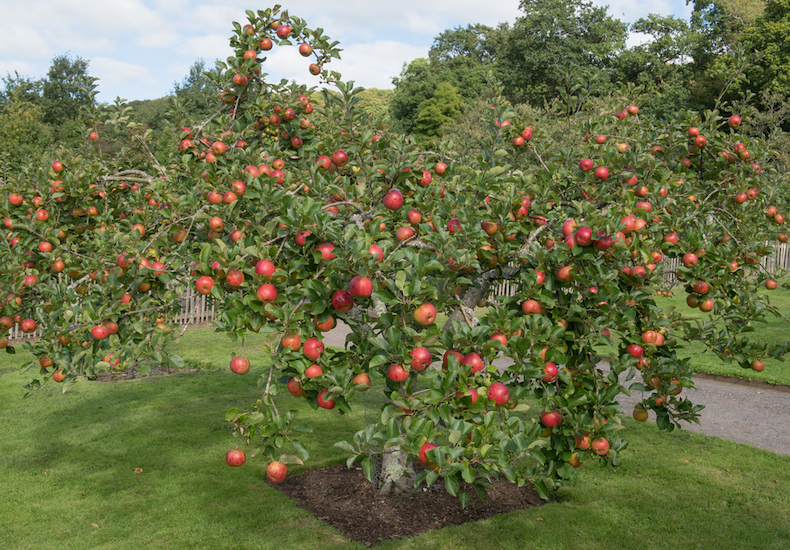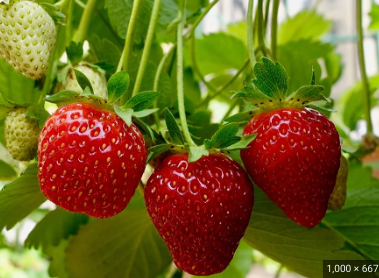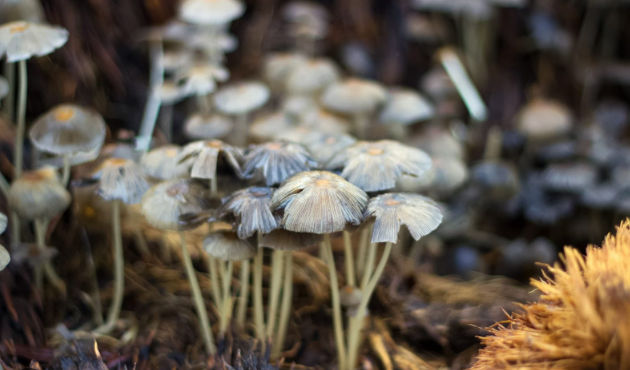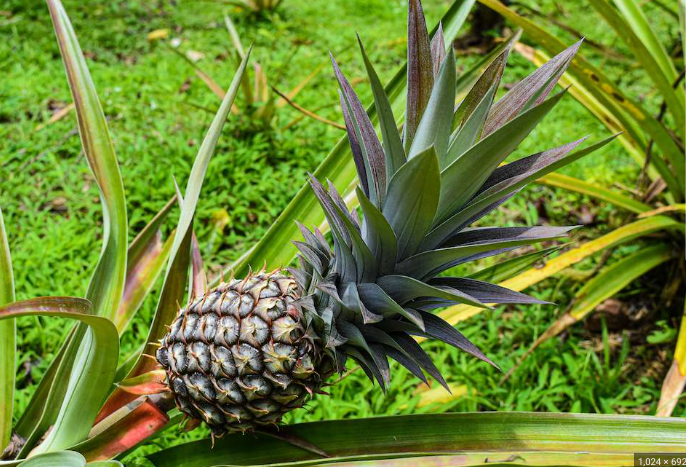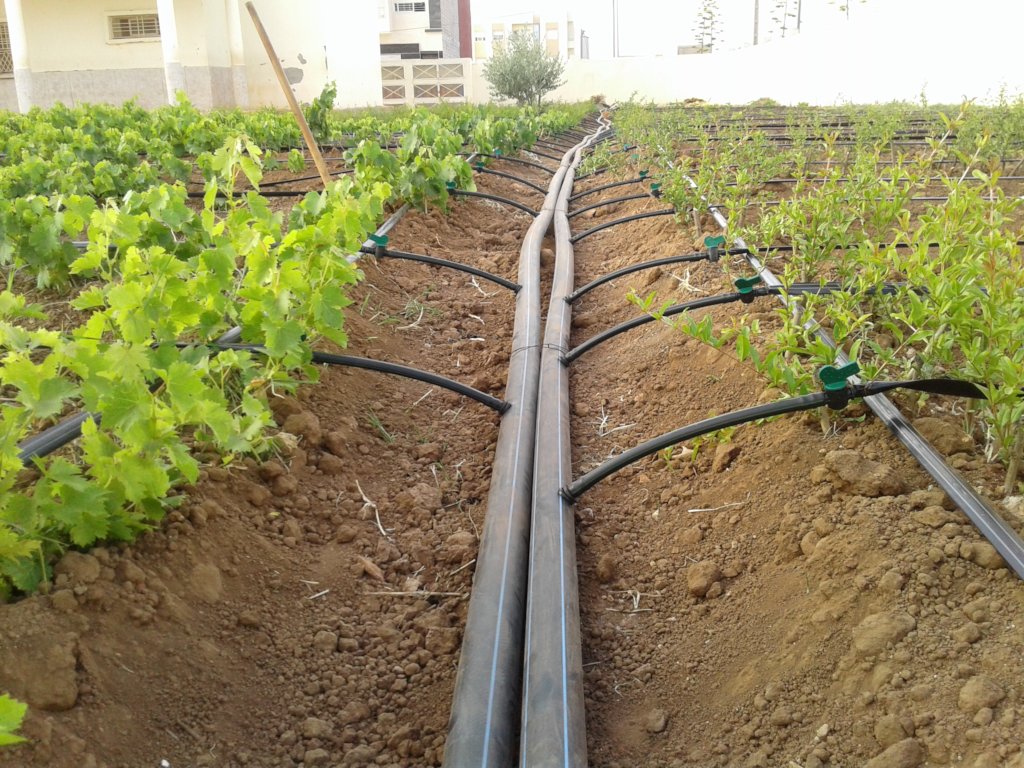Do you want to grow pumpkins yourself? Want to keep pumpkin seeds for planting later? If yes, then this is the right place for you! Here, we’re going to explain how to get pumpkin that you can use for planting. It doesn’t matter if you’re an expert or just starting — we’ve got the details to help you dry and save your pumpkin seeds the right way.
Table of Contents
The Importance of Drying Pumpkin Seeds
Drying seeds is important because it takes away any wetness that can make mold grow and make the seeds less able to sprout. Dry seeds can be kept for longer, so you can store them until you want to plant them again. With dry seeds, you’ll have a better shot at growing a lovely pumpkin garden.
Gathering Pumpkin Seeds
First, you need to get the seeds out of the pumpkin.
Here’s how to do it step by step:
- Find a ripe pumpkin: Get a pumpkin that’s fully grown and ripe from your backyard or the store. It should be brightly colored and the skin should be tough.
- Open the pumpkin: Take a sharp knife and cut the pumpkin carefully. Start at the top where the stem is and then cut all the way around.
- Take out the seeds: You can use a spoon or your hands to get the seeds and pulp out. Put them into a clean container.
- Clean off the seeds: Now get rid of the pulp by washing the seeds in cool water. Gently rub them to take off any bits sticking to them.
Washing the Pumpkin Seeds
Next, you’ve got to make sure the seeds are really clean. Here’s what to do:
- Wash the seeds: Put the seeds in a strainer or colander and rinse with cold water. Rub them to get rid of leftover pulp.
- Take out seeds that float: Some good seeds might float up while you wash them. Take these out because they’re often the ones that will grow well.
- Throw away bad seeds: Look at the seeds while washing them. If you see any that are damaged or don’t look good, get rid of them. You want to keep only the best seeds for drying and planting.
The Drying Process for Pumpkin Seeds
With your pumpkin seeds clean, it’s time to start drying them. This step is key for making the seeds last and ready to grow.
Here’s how to make sure your seeds dry well:
- Spread them out: Take a flat surface, like a cookie sheet or some paper towels, and lay your seeds out. Don’t let them pile on top of each other.
- Air dry: Put the seeds somewhere that has lots of air moving and no direct sun. They need to be in a place with good airflow. Let them sit there to dry for about one to two weeks.
- Stir now and then: Make sure to mix them around every few days. This helps all the seeds dry and stops them from sticking.
- Test if they’re dry: After one to two weeks, touch the seeds to see if they’re dry. They should be hard. If they’re still soft, they need more time to dry out.
How to Keep Dried Pumpkin Seeds
When your pumpkin seeds are totally dry, you need to store them the right way. This keeps them ready to plant when it’s time.
Here’s the best method to store your dry seeds:
- Package and tag: Put the seeds into little bags or containers that close tightly. Write down what kind of pumpkin they are and when you took them out of the pumpkin.
- Keep them in a cool, dark spot: You should put the seeds somewhere like a cupboard or basement where it’s cool and dark. Try to keep the spot at a steady temperature, ideally between 32°F (0°C) and 50°F (10°C).
- Stay away from wetness and heat: Don’t let the seeds get wet, hot, or in the sunlight. These things can make the seeds less likely to grow and they won’t last as long.
- Look for mold or bugs: Every once in a while, check your seeds for mold or bugs. If you find something wrong, throw those seeds away so the problem doesn’t spread to others.
Finishing Up
Preparing pumpkin seeds for planting by drying them is a simple process. It helps keep the seeds good for a long time. By following these steps, you can dry and save your own pumpkin seeds. This means you’ll be ready to plant and grow pumpins over and over again.
Enjoy your gardening!
